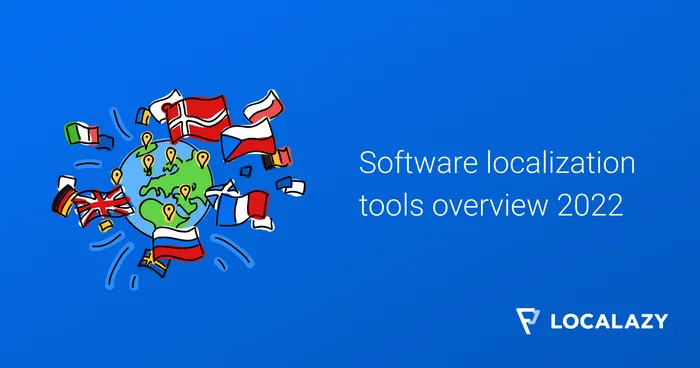Multiplatform
Multiplatform refers to the ability of software or content to function or be displayed on more than two platforms flawlessly.
Multiplatform refers to the capability of software or digital content to function smoothly across multiple operating systems, devices, or platforms. This ensures that users have a consistent experience regardless of the device or platform they are using. Such solutions are crucial for reaching a broad audience and providing a unified experience across diverse technology ecosystems.
The basics of multiplatform software: 💻 #️⃣
- Multiplatform software is designed to work across various operating systems (e.g., Windows, macOS, Linux) and devices (e.g., smartphones, tablets, desktops).
- It aims to deliver a consistent user experience (UX) and functionality, regardless of the platform or device being used.
- Using frameworks and tools that support multiplatform development makes it possible to build and maintain applications for different environments.
- Multiplatform solutions create more accessible experiences by enabling users to interact with the software or content on their preferred devices without compatibility issues.
Examples of multiplatform technologies include web applications, cross-platform development frameworks like React Native and Flutter, and cloud-based services.


